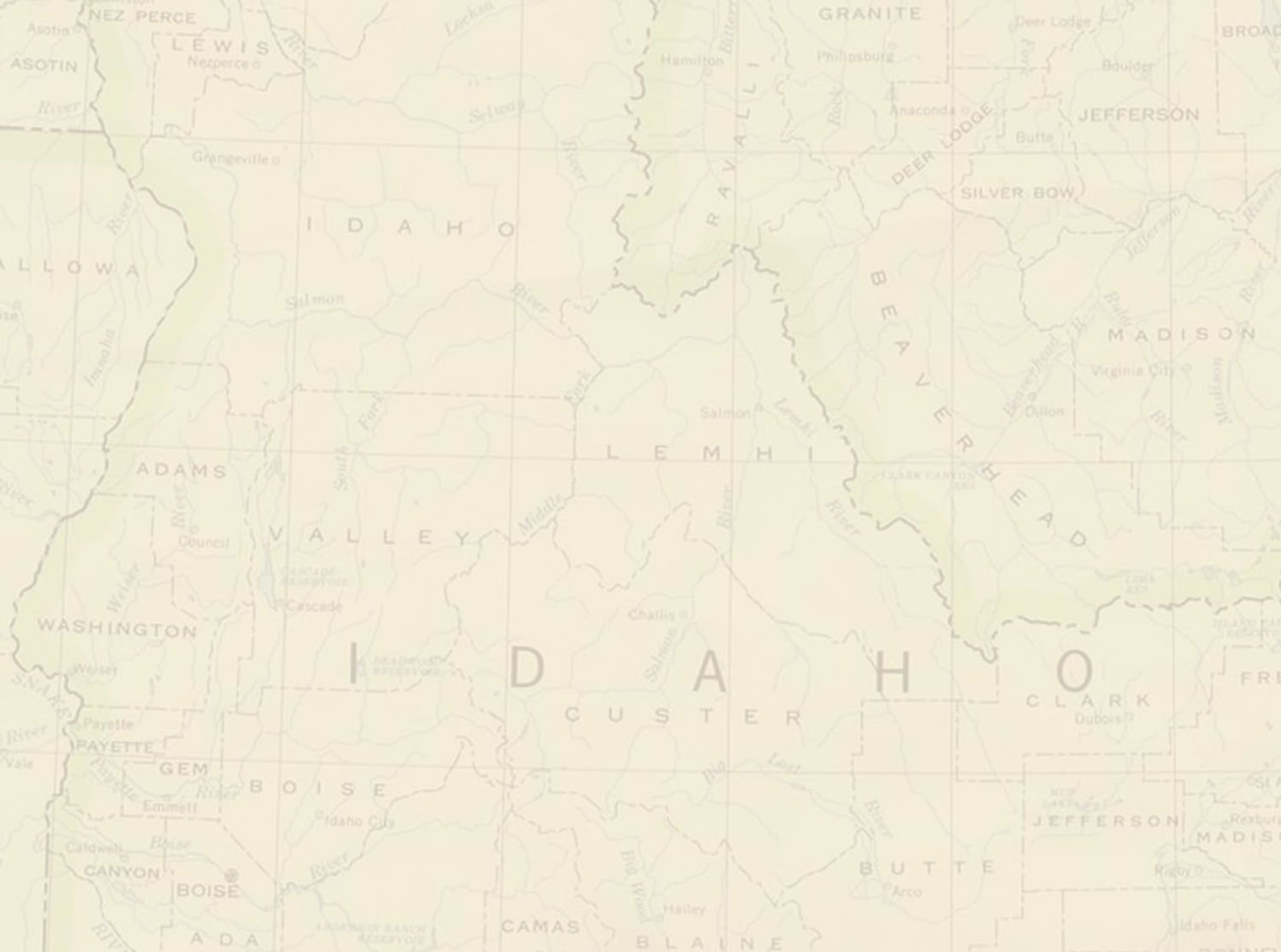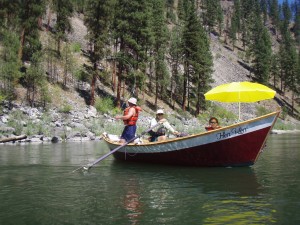


Recorded and releases by IOGA- Idaho Outfitters and Guides Association
BOISE, Idaho — (Feb. 1, 2012) — A series of major snowstorms boosted snowpacks dramatically in the second half of January, quickly re-positioning Idaho’s world-renowned rivers into an “ideal” scenario with plenty of water for a fun-filled spring and summer season, officials said this week.
“What a difference a week makes,” said Ron Abramovich, Idaho snow survey supervisor for the Natural Resources Conservation Service.
Ten days of winter storms caused mountain snowpack levels to jump significantly throughout the state. In some river basins, like the Owyhee in Southwest Idaho, snowpack levels more than doubled. The Boise Basin went from 55 percent of normal in mid-January to 90 percent of normal as of Feb. 1, 2012.
The Salmon River, a popular national destination for family river trips, now has 85 percent of normal snowpack, and the Middle Fork of the Salmon, the second-most popular wilderness river trip in the United States next to the Grand Canyon, made a similar leap to 82 percent.
Idaho outfitters said the water levels associated with those snowpack levels should be “ideal.”
“We’re excited about it, and our customers are excited about it,” said Greg McFadden of Canyons, a Middle Fork and main Salmon outfitter that specializes in whitewater kayak instruction as part of weeklong river trips. “The kayak surfing should be great.”
Alison Steen, owner of Yellow Jacket River Guides who leads trips on the main Salmon, said the water levels “look perfect for us, as long as we continue to get ample amounts of snow the rest of this winter.”
Plenty of moisture will ward off wildfires and the rivers will peak earlier at an 85 percent level, making for a longer summer season, warmer water temperatures, bigger riverside beaches in August, and a longer fishing season, Steen said. “It’s looking pretty darn ideal!”
Outfitters on the Lochsa and Selway rivers also like the way the winter snowpacks are shaping up. The Clearwater River Basin increased from 67 percent to 92 percent of normal snowpack levels as a result of the January storms.
“It’s looking to be a safe, enjoyable level,” said Marty Smith, owner of Three Rivers Rafting, which runs trips on the Salmon, Selway and Lochsa rivers. “If we get too much snow up here, it turns people off.”
Both the Selway and the Lochsa are robust whitewater rivers with a lot of Class 4 rapids (on a scale of 1 to 6, with 6 being an unrunnable waterfall) stacked up one after the other. Ninety percent runoff means the rivers will be plenty high for white-knuckle rafting enthusiasts in the spring months, Smith said, but they won’t be peaking at super-high unsafe levels.
Idaho’s rivers that are fed by reservoirs, such as the Snake River, will have plenty of flows this summer regardless because reservoirs are nearly full throughout the Snake River Basin, Abramovich said. That means Hells Canyon of the Snake is likely to have robust river flows throughout the summer season, providing lots of thrills for whitewater rafters and kayakers.
“It’s looking like a great season,” said Jerry Hughes, owners of Hughes River Expeditions, which offers guided trips on Hells Canyon, the Middle Fork Salmon, Lower Salmon, and Grand Ronde rivers.
An abundance of runoff on the Snake River means there will be a whitewater season on the Class 4+ Murtaugh reach of the Snake River near Twin Falls, and plenty of flows for fishing, floating and camping on two fly fishing jewels — the Henrys Fork and South Fork Snake River in Eastern Idaho.
The only river basins with deficient flows at this point are the Bruneau and Owyhee rivers. Their snowpacks were about 65 percent of normal as of Feb. 1. With more winter storms in the forecast in the coming month, it’s possible that those basins could catch up, Abramovich said. Last year, both desert rivers had the longest season in 20+ years, nearly three months, with well over 180 percent snowpacks.
For more information, contact Grant Simonds at the Idaho Outfitters and Guides Association, 208-336-3014 or see www.ioga.org.
